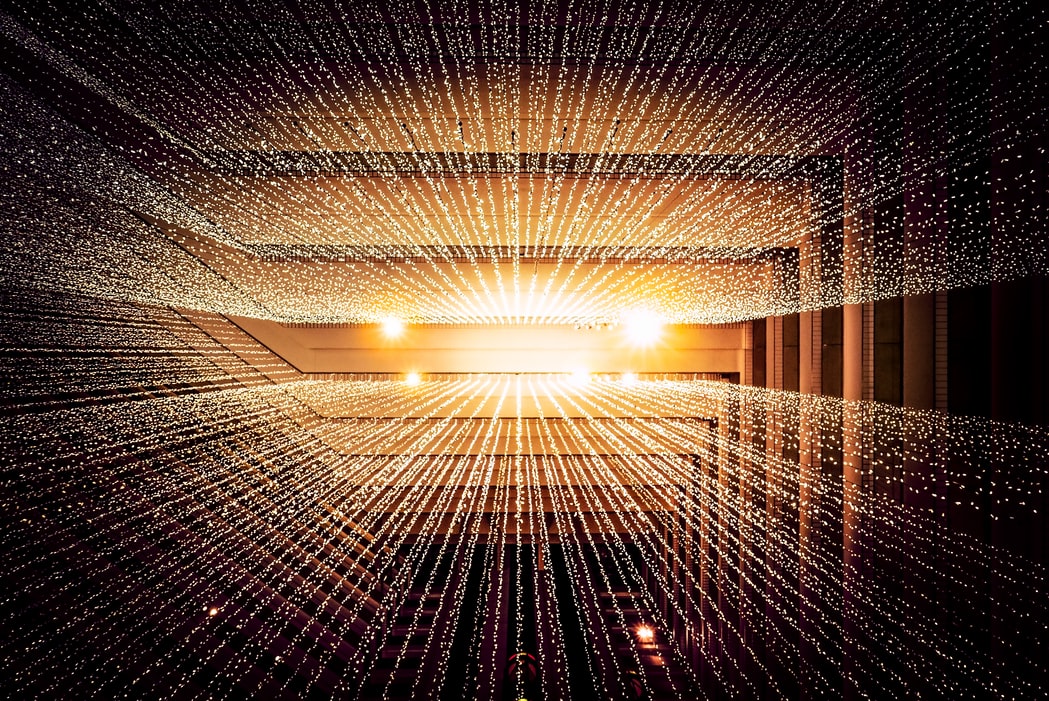What is it?
A figure that compares two elementary units of information measurement: a bit, used in the work of ordinary computers, and a qubit, on the properties of which quantum computers are based.
A classic bit takes two values, that is, its physical medium can only be in two specific states. For example, if a transistor in the processor passes an electric current, then it takes on the value 1, if it does not pass it – 0. The bit is in a strictly defined state, there are no intermediate values between 0 and 1 for it.

You can create a qubit from any quantum objects that have two basic states. For example, a spin ½ electron can be in two states: spin up and spin down. Any particle with this property, be it a photon, a neutral atom, or an ion, can act as a qubit. However, at this point in time, the most technologically advanced quantum computers operate on superconducting qubits – microcircuits made of superconductors with nanoscale discontinuities (Josephson junctions). A key advantage of superconducting qubits is the ability to fabricate them using streamlined processes used to create microelectronics.
Why is this interesting for science?
The main problem facing the development of quantum computers is the loss of coherence by qubits. Any quantum system will inevitably interact with the environment, as a result of which uncontrolled changes in the states of qubits occur. As a result, the likelihood of errors in calculations increases significantly. In addition, the low coherence of the qubit as a whole severely limits the number of operations a quantum computer can perform.
Scientists are trying to solve this key limitation of qubits by creating “complex” logical qubits, which will consist of several physical ones. If a few of them lose coherence, then the rest will continue to complete the task anyway. If such complex systems can be obtained, then as technology develops, there will be a chance to obtain error-free quantum computers capable of an unlimited number of operations.

Why is it important to know?
Because the qubits are in superposition, quantum computers can perform certain tasks many times faster by performing multiple operations in parallel. A good example of the benefits of parallelization is pathfinding in a maze. A conventional computer sequentially goes through all possible options, running into dead ends and returning, while a quantum computer can check all possible moves in one go.